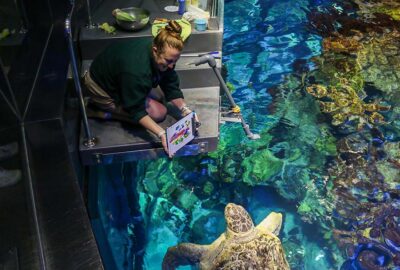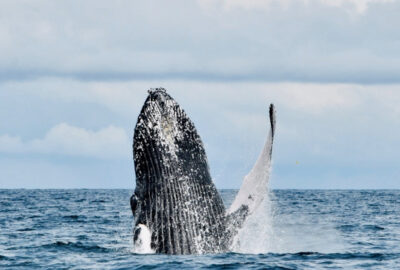A Tiny Piece of Whale Blubber Leads to Big Results
By New England Aquarium on Friday, February 12, 2021

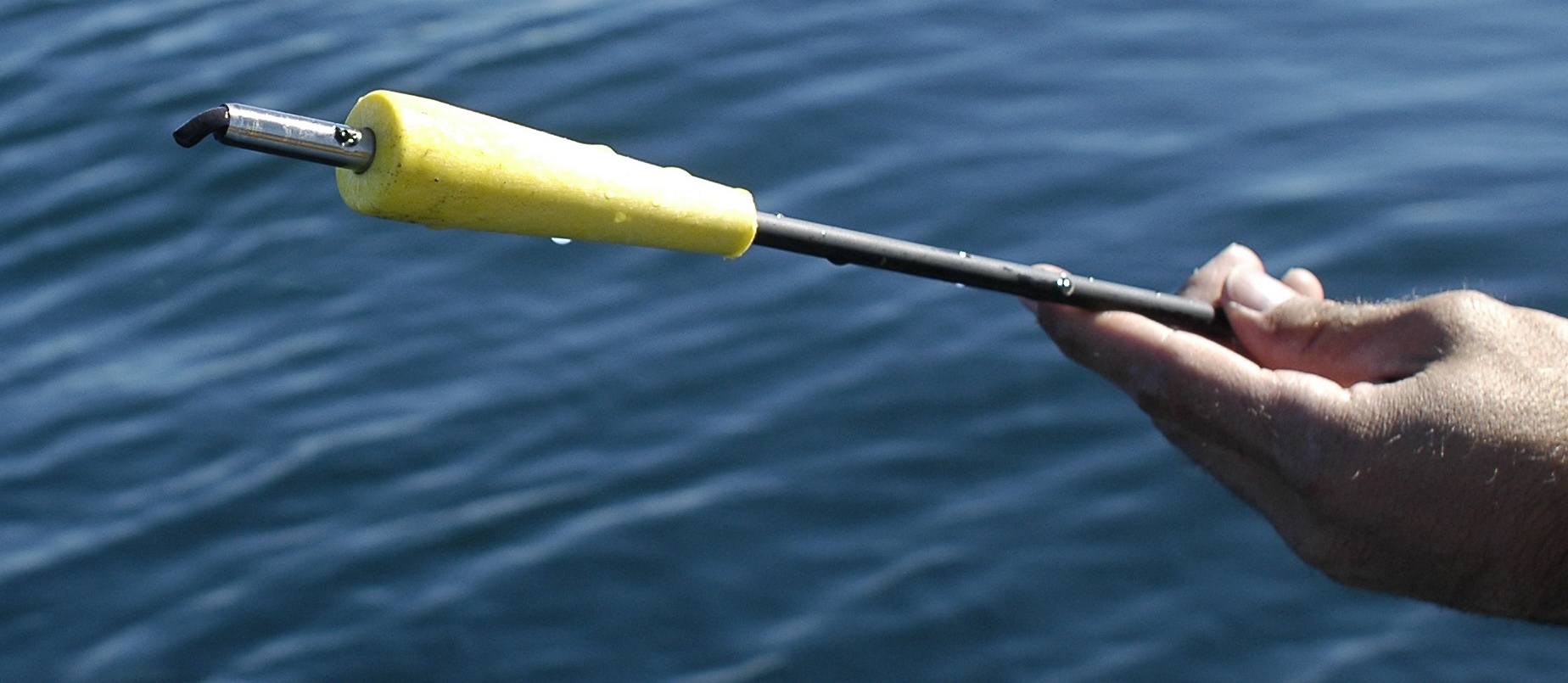
By Katie Graham & Liz Burgess
A new study by scientists at the Anderson Cabot Center for Ocean Life at the New England Aquarium expands our toolkit for understanding North Atlantic right whale health—using only a tiny piece of blubber!
Blubber—a dense layer of fat tissue that lies beneath the skin—is one of the defining characteristics of marine mammals. Blubber is vital to marine mammals as it functions as a site of energy storage, acts as an insulating layer for warmth in cold waters, and assists with buoyance. Whales are unique among mammal species in that their fat reserves cover their entire body (except for fins, flippers and flukes) and this surface tissue layer can be sampled directly through biopsy sampling. For many years, scientists at the Anderson Cabot Center for Ocean Life (ACCOL), together with external partners, have studied biopsy samples (consisting of a small piece of skin and underlying blubber) to gain invaluable genetic information on North Atlantic right whales, including identifying individual whales and even determining paternity to construct family trees.
Recently, our team explored another scientific use for blubber tissue: measuring hormones in blubber! This advancement provides new insights into whale health which may be important for supporting conservation efforts.
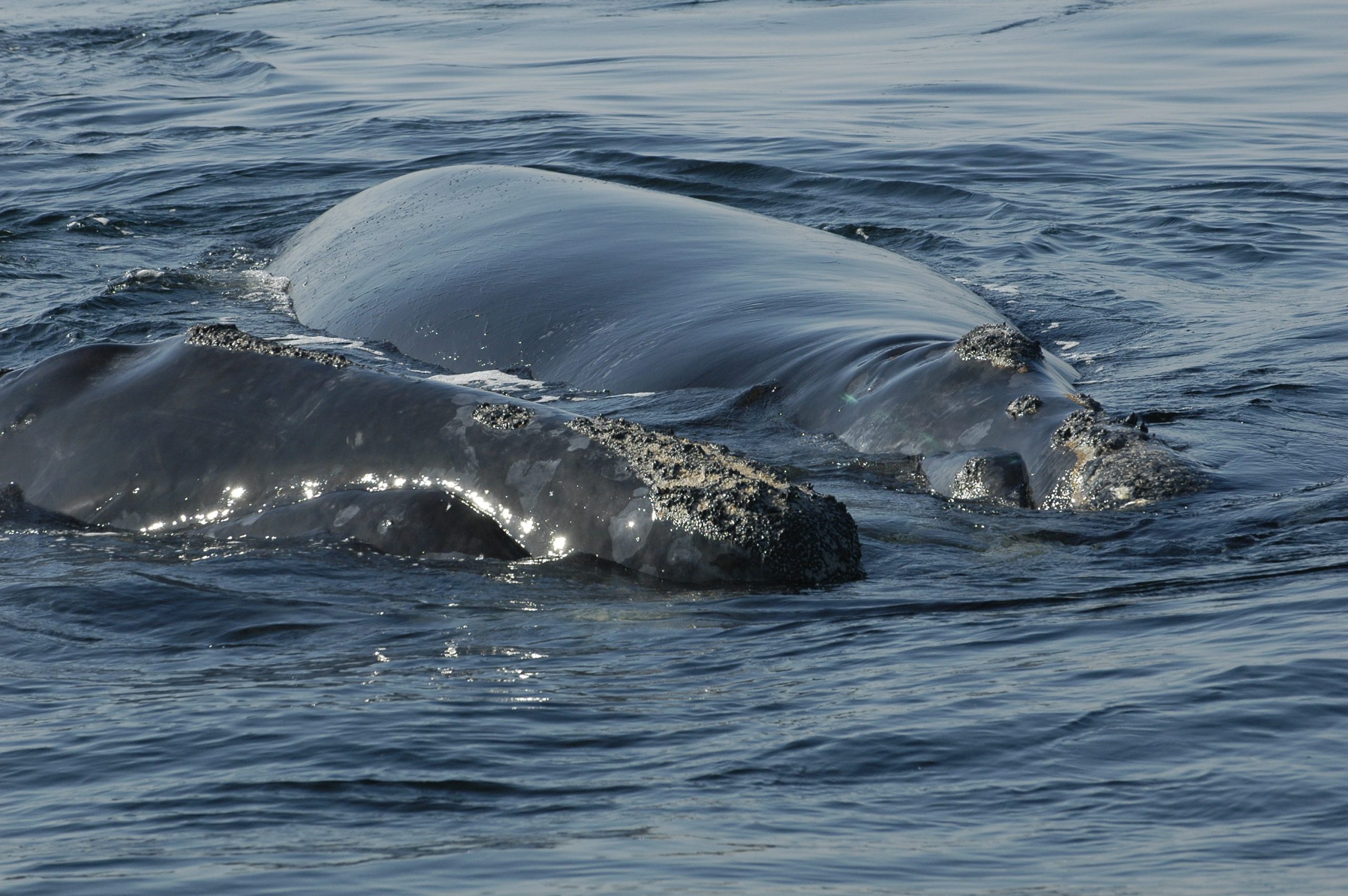
For over 20 years our team has studied hormones in North Atlantic right whales. Hormone measurements allow us to monitor for sexual maturity, reproductive cycles, pregnancy, metabolic activity, and stress responses—particularly to human-related stressors such as entanglement in fishing gear or ship strikes. However, measuring hormones in live, free-swimming whales isn’t easy! Because of their enormous size, we cannot draw a blood sample like a doctor might do to track your hormone levels. Instead we have pioneered methods to measure hormones in several unique sample types, including feces (poop), respiratory vapor (blow), and now blubber; all of which can be obtained remotely without handling the whale.
Our study used a “library” of previously collected blubber tissue to learn new physiologic information about individual right whales. The biopsy samples collected by our Right Whale Field Team during population surveys are designated for genetic studies, but any remaining tissue is often archived for future research efforts. Some of our samples were also acquired from whales that were found dead, as blubber tissue is routinely collected as part of necropsy procedures (an animal autopsy). Because right whales are critically endangered, it is important that we take every opportunity to gather as much information as possible—making our validation of blubber hormone measurements a worthwhile effort.
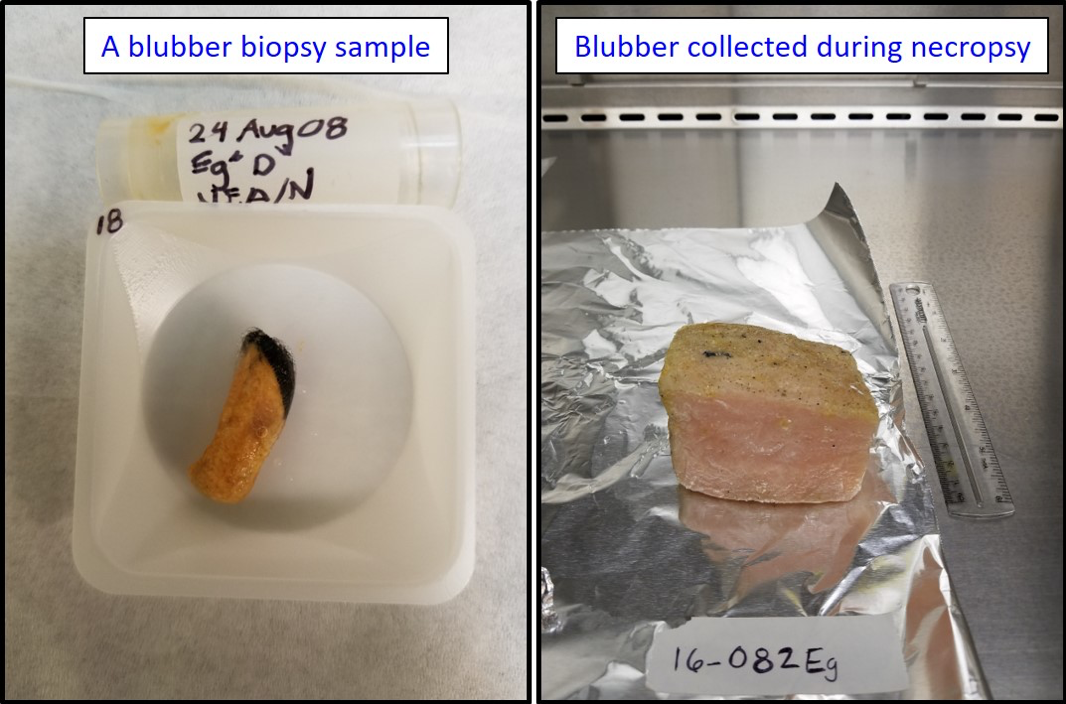
Key to our investigation was measuring three different hormones: testosterone and progesterone, which are both associated with reproduction; and cortisol, a stress-related hormone. Looking at diverse hormones concurrently provides a greater understanding of physiological patterns, allowing us to diagnose reproductive states (such as pregnancy) and understand stress responses. Most previous blubber studies of other whale species measured only one or two hormones because the typical small size of blubber samples (about the size of a pencil eraser) is limiting. By drawing on our experience analyzing non-conventional samples, we improved methodologies to extract hormones from a tiny amount of blubber tissue, leading to faster results in the laboratory and even reducing the need to use certain hazardous chemicals. We hope that our safer and more efficient technique may encourage additional research groups to explore the use of blubber hormone measures to monitor whale health.
Importantly, we found that meaningful patterns in hormone levels persisted in right whale blubber—even in deceased whales. Because whale carcasses decompose rapidly, blubber is one of the few tissues that can be reliably collected during necropsy, making this a valuable sample type for hormone analysis postmortem. Measuring blubber hormones has helped us to better understand the timeline and amount of stress felt by right whales when they experienced trauma, such as entanglement in fishing gear or ship strike. Without extensive knowledge of hormone patterns, it is difficult to discern the full impact that human activities may have on a whale’s ability to reproduce and cope with a rapidly changing environment. Given the declining number of North Atlantic right whales and the fact that nearly all right whale deaths in recent years can be attributed to human-related causes, these data are more crucial than ever to protecting the species.
Our advancements in blubber hormone measurement adds another technique to our “toolbox” for monitoring North Atlantic right whales. Every sample is valuable—from feces to blow to baleen to blubber—as each sample type allows us to investigate different scientific questions. At ACCOL, we are constantly improving our methods to increase the utility of this science, because hormone measurements have so many applications that can help monitor the health and welfare of North Atlantic right whales, as well as many other marine species.
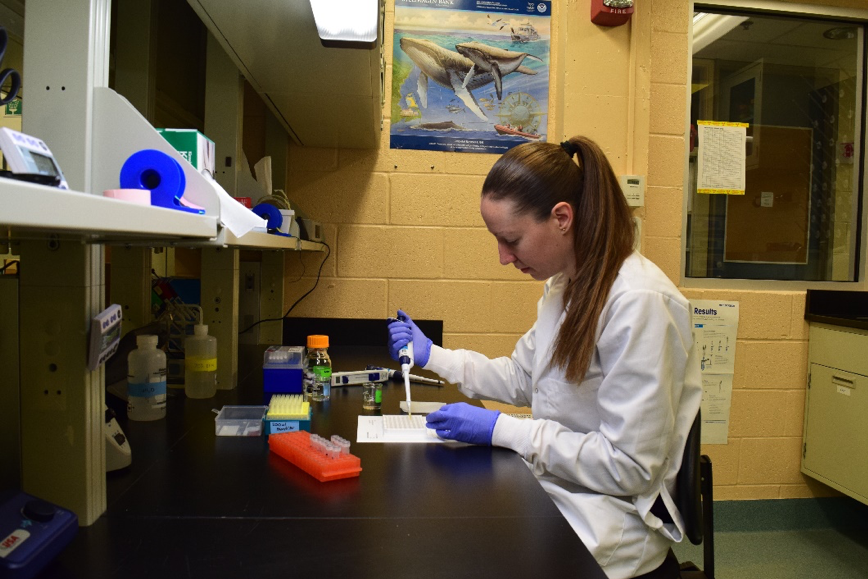
You can read more about this research in the scientific paper published by Conservation Physiology.
This project was supported by funding from the Department of Fisheries and Oceans Canada. All blubber samples were collected by trained individuals and authorized under scientific permits.


